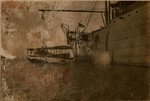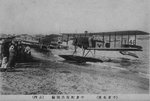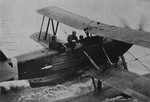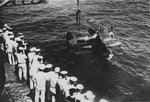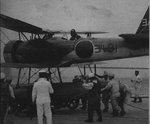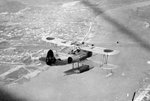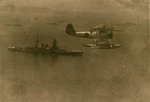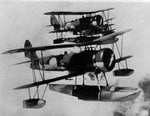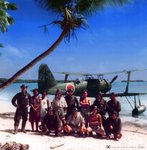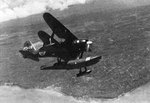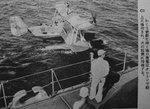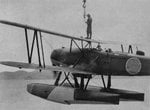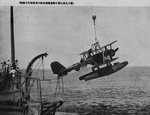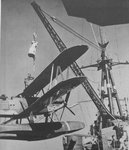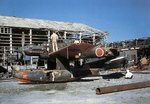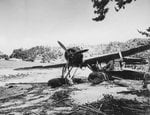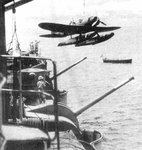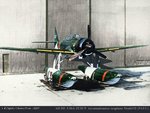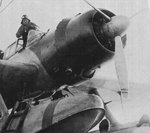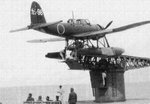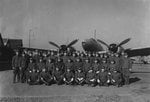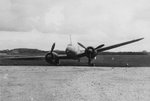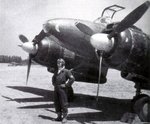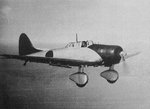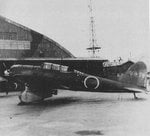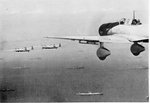- Thread starter
- #21
The "Glen" was used for several Japanese reconnaissance missions during the Pacific War. It also has the distinction of being the only aircraft to drop bombs on the United States mainland during World War II, in an incident known as The Lookout Air Raid. On 9 September 1942 , Chief Warrant Officer Nobuo Fujita, a pilot in the Japanese Imperial Navy, and his crewman, Petty Officer Shoji Okuda, surfaced in submarine I-25 off the coast of Oregon near Brookings. His tiny seaplane had folding wings and was transported in a small hangar attached to the deck of the submarine. The bombs - 76 kg (168 lb) incendiaries intended to cause forest fires - caused no injuries or real damage. A total of 126 planes were produced.



